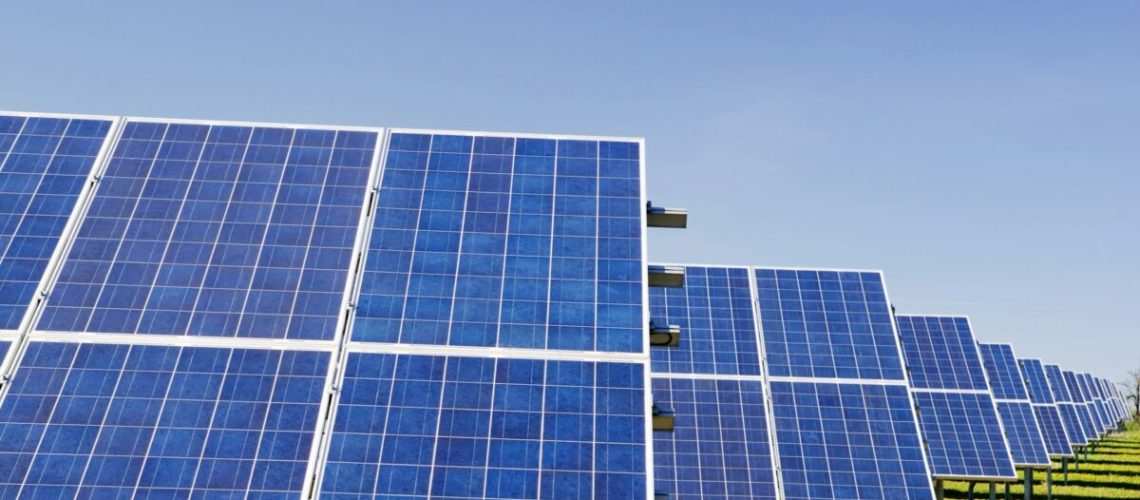The International Energy Agency’s (IEA) latest report warns that failing to support integration at the point of deployment could jeopardize up to 15% of solar and wind projects by 2030. This shortfall would reduce their combined share of the global electricity mix by 5%.
From pv magazine Global
Strategic government action, enhanced infrastructure, and regulatory action are required to ensure the successful integration of newly deployed solar and wind, according to a new report by the IEA.
It said new solar and wind should be well-integrated into power systems at the point of deployment to avoid losing out on significant benefits. It warns that a failure to do so could result in solar and wind generation being 15% lower than projected in 2030, shaving 5% off their share of the global electricity mix and resulting in an up to 20% smaller reduction of carbon dioxide emissions in the power sector.
“Should integration measures fail to be implemented in line with a scenario aligned with national climate targets, up to 2,000 TWh of global renewable energy generation would be at risk by 2030,” the IEA said, equating this to the combined output of China and the United States in 2023.
“The world has seen a remarkable increase in solar and wind capacity as countries have looked to bolster their energy security and reduce emissions,” said IEA Director of Energy Markets Keisuke Sadamori. “But they won’t reap the full benefits without stronger efforts to support the integration of these technologies into power systems,”
The report includes a global stocktake of measures for integrating variable renewable energy, covering 50 power systems that account for nearly 90% of global solar and wind power generation.
It said that government support must be strategic and offer guidance for countries at different stages of renewables deployment. In areas with low phases of integration, including emerging markets such as India and Brazil, the report said that most integration challenges are addressable through modifications to existing assets or operational improvements that increase flexibility.
“These measures include optimising dispatch processes and improved forecasting, soliciting higher flexibility and system services from both conventional and renewable energy power plants, enabling industrial demand response and enhancing grid infrastructure,” the IEA said.
For systems in areas with a higher percentage of renewables in the energy mix, such as Denmark, Ireland and Spain, the report said that the key to successfully addressing integration challenges lies with policy and regulatory action.
“Essential elements include modernising system operation practices, improved strategic planning, and overhauling regulatory frameworks,” said the IEA. “Market design must evolve as well to accommodate the unique characteristics of solar and wind-dominated grids, new technologies and the new role of conventional generation as the provider of essential system services rather than energy.”
The IEA predicted that new integration challenges will arise as renewables growth continues and accelerates. These challenges include addressing seasonal variability, ensuring profitability for new investments amid increasing price volatility, and appropriately compensating assets that provide flexibility.
“Resolving these challenges will require continued innovation, collaboration and commitment from policy makers, technology leaders and researchers worldwide,” said the organization.
In February, the IEA Photovoltaic Power Systems Programme (IEA-PVPS) released a report covering how to optimize PV grid integration.



